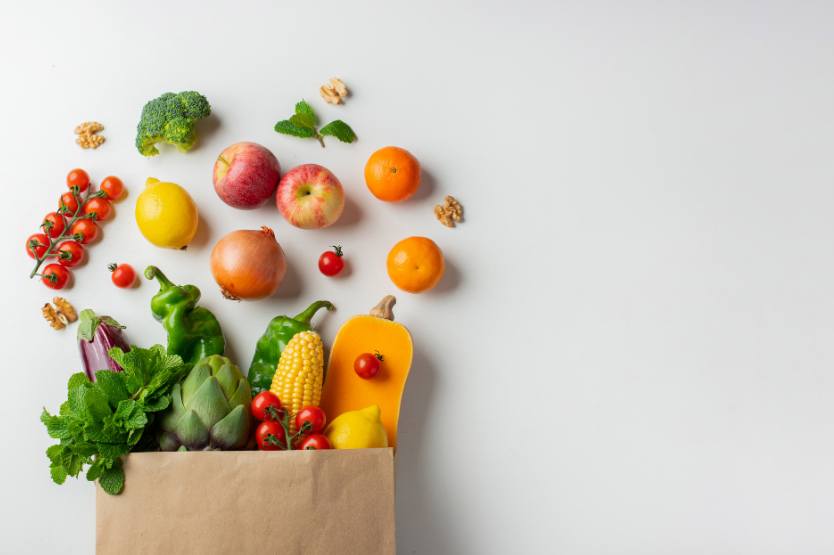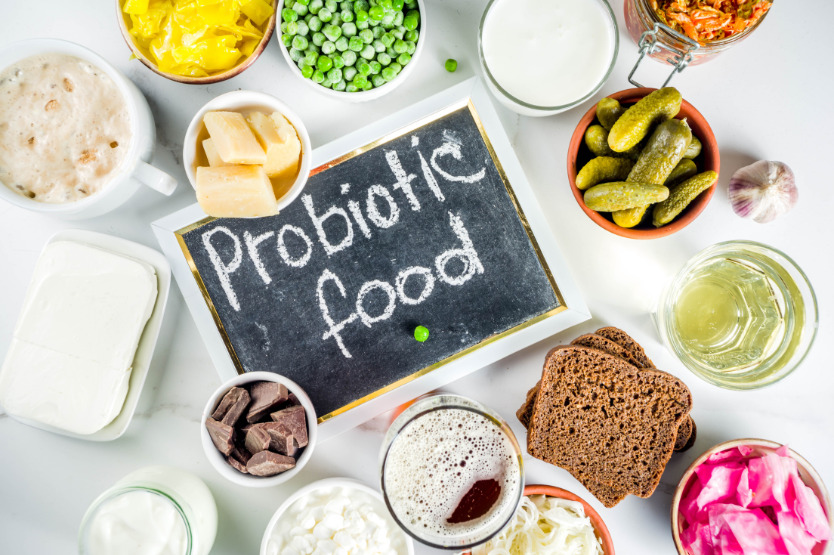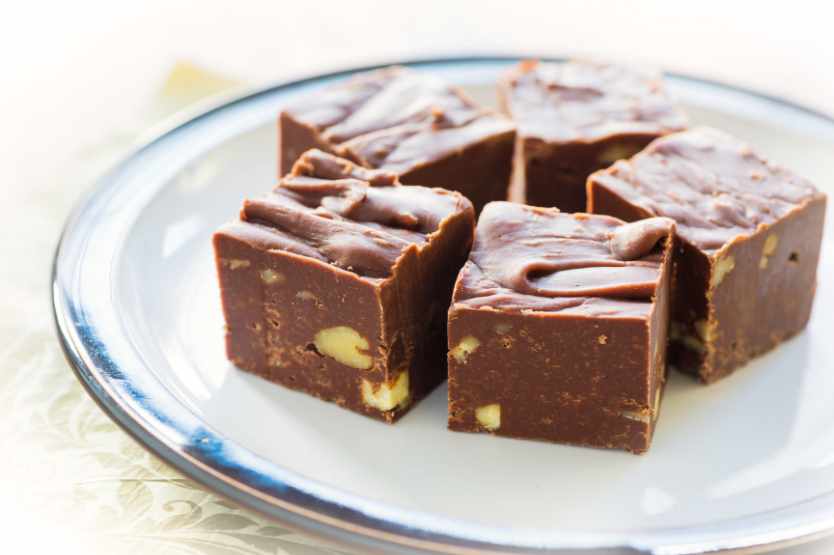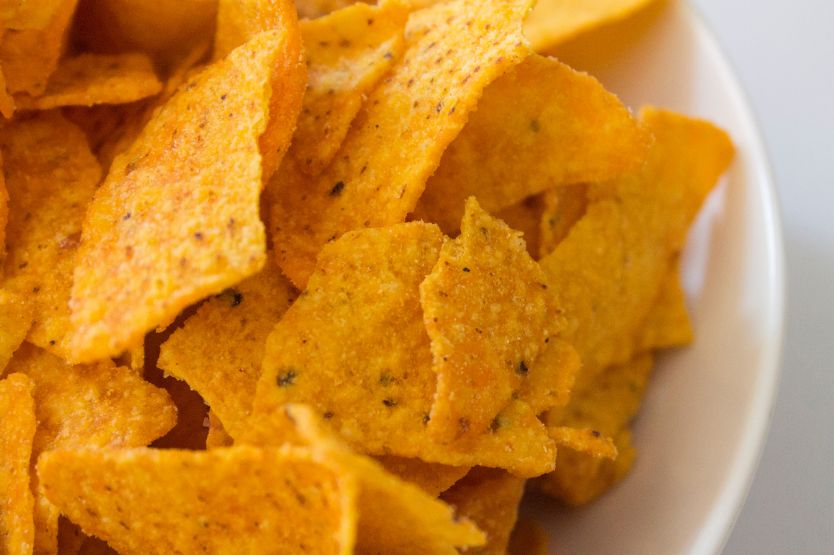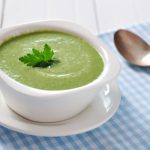Week 13: Are you Fiber Deficient? 52 Weeks of Wellness
This month as part of the 52 Weeks of Wellness program we’ll discuss what fiber is, real sources of fiber, and why it’s crucial to our diet.
What is Fiber?
Fiber is an indigestible substance that is found mainly in the outer layers of plants. Fiber is a special type of carbohydrate that passes through the human digestive system virtually unchanged, without being broken down (digested) into nutrients. Carbohydrates constitute the main source of energy for all body functions.
Fiber keeps things moving in the large intestine, promoting regularity, cleansing the intestinal tract and removing toxins.
- It binds and/or absorbs certain harmful materials to ensure they are eliminated from the body, like toxins and cholesterol.
- It aids in the absorption of nutrients.
- It promotes the growth of ‘friendly’ bacteria.
- It slows glucose uptake.
- It helps combat obesity and manages weight.
- Fiber has been shown to reduce the risk of developing heart disease, cancer, diabetes, diverticular disease and constipation.
Did you know that According to the American Dietetic Association, the average American only consumes 12-15 grams of fiber per day.
That means we are typically getting about half of the recommended requirement. Men need about 38 grams and women around 25 each day. Virtually everyone can benefit from added fiber, especially if you eat processed foods.
Increasing fiber intake.
Sure there are always fiber supplements you can pop to up your fiber intake but this isn’t the way I’d recommend going about it. We will talk more about this in coming weeks.
The absolute best way to go about increasing fiber intake is through consumption of plant foods. Fruits, vegetables (don’t forget green leafys), whole grains, nuts and seeds because they often contain both types of beneficial fiber.
Nature has the balance all figured out for us already, for example, the inside of an apple is soluble fiber and the outside (skin/peel) contains insoluble fiber. Eating an apple take care of both types of fiber and gets you about 4.5 grams of fiber.
Here are a few examples of where to find the two types of fiber in our foods. More fiber content information can be viewed here.
Two types of Fiber
-
Soluble: partially dissolves in water; acts like a sponge and picks up toxins and various substances; helps lower cholesterol and balances blood sugar. Some examples of soluble fiber foods are oat bran, legumes (peas and beans), barley, chia seeds, psyllium husk, and citrus fruits.
-
Insoluble: does not dissolve in water; acts like a broom, sweeping things through the intestinal tract. Insoluble fiber assists with digestive health and constipation. Some examples of insoluble fiber foods are nuts, flaxseed, whole grains (oat and rice bran), apples, and vegetables.
Obtaining fiber from real food is key. Next week we’ll review some of the not so real sources of fiber added to our foods and why they don’t work.
Week 13 action step:
Track how many fiber containing foods you currently eat and strive to add new ones. Tell us in the comments below which new fiber containing foods you’ve added to your diet out of either category (soluble or insoluble).






